In today’s world, electric transportation options are on the rise, where sustainability and efficiency are becoming key priorities. EBikes and eScooters stand out as two popular choices. Therefore everyone is talking about ebike vs eScooter.
However, most people don’t know the real difference between the both machines. Both are the perfect riding option when it comes to easy movability in urban and recreational settings. This article is going to explain the point of differences between these two modern electrical modes of transportation, so you can choose according to specific needs.
1. Overview of eBikes and eScooters
eBike
An electric bike or eBike is an advanced version of a traditional bicycle with the addition of a battery and electric motor to reduce the pedaling efforts of the rider. EBike offers different riding modes like throttling where the rider does not need to pedal as pedal assist is a combination of pedal and motor power to cover longer distances with less effort. An eBike can give 20mph to 28mph top speed depending on the type and class of electric bike. It is best for recreational rides and fitness purposes. They are versatile and suitable for various terrains.
eScooter
An eScooter looks like a skateboard with the addition of a handlebar. It is a compact, stand-up electric vehicle equipped with a battery and a motor. Riders have to stand on a platform and control the scooter using handlebars. An eScooter is ideal for short trips and a perfect solution for navigating crowded streets. It is a lightweight and portable machine.
2. Key Comparisons
2.1. Convenience and Usability
eBike
Electric bikes are designed to cover both long and short trips. It can provide 20 to 70 miles of range depending on the model of the eBike. If the battery drains you can use paddles like a traditional bicycle to reach your destination. Moreover, electric bikes can navigate hilly areas and narrow streets easily. However, you will need some extra space for storage due to the larger frame and components. It can be a limitation if you are living in a small apartment or without secure outdoor storage options.
eScooter
eScooters are highly portable, even if you can fold them and carry them into public transport, office, and living rooms. It weighs under 30 pounds so the storage concerns do not matter. However, eScooters have some riding limitations such as these being made for flat terrains. You can not maneuver in hilly or off-road tracks due to the small wheels and limited suspension system. Similarly, it has a shorter range for zipping through urban areas or running errands within a few miles of your location.
2.2. Comfort and Riding Experience
eBike
An electric bike is more focused on the rider’s comfort, Therefore it has padded seating, an adjustable handlebar and seat, and an advanced suspension system to absorb shocks form uneven surfaces. The ergonomic design of eBikes supports longer, more enjoyable rides. So you will experience fatigue even on a longer journey.
eScooter
Unlike eBikes, eScooters require riders to stand while traveling, which can lead to discomfort or fatigue during extended use. While some models offer a removable seat, this feature is not standard across all designs. The smaller wheels and lack of advanced suspension systems in most eScooters make them less stable on uneven roads. Potholes, cracks, and rough patches can disrupt the riding experience, making them better suited for smooth, paved surfaces.
2.3. Speed and Range
eBike
EBikes generally offer higher speeds and longer ranges compared to eScooters. The class 3 eBikes are locked with a 28mph top speed. These have pedal-assist technology and larger batteries covering a distance of 40-80 miles on a single charge, depending on the model and riding conditions. The ability to combine electric assistance with manual pedaling extends the range further, making eBikes an excellent choice for lengthy commutes, scenic rides, or fitness-focused activities.
eScooter
eScooters typically have lower top speeds and shorter ranges due to their compact batteries and lightweight design. Most models can reach speeds of 15-25 mph and cover 10-20 miles on a single charge. While these features are sufficient for short urban commutes, they may not meet the needs of users who require extended travel capabilities.
2.4. Cost and Maintenance
eBike
The advanced components and versatile functionality of eBikes result in a higher upfront cost compared to eScooters. Prices can range from $1,000 to $5,000 or more, depending on the brand and features. Maintenance for eBikes can also be more involved, as they include gears, chains, brakes, and motor systems that require regular care. While these expenses can add up, the durability and utility of eBikes often justify the investment.
eScooter
eScooters are generally more affordable, with prices starting as low as $300 for basic models and going up to $1,500 for premium versions. Maintenance is minimal due to the simpler design, but the shorter lifespan of eScooters may lead to quicker replacement. This factor should be considered when evaluating long-term costs.
2.5. Environmental Impact
When it comes to environmental impact both eBikes and eScooters are environmentally friendly alternatives to gas-powered vehicles. These are significantly reducing carbon emissions and contributing to cleaner air. However, eBikes often have a longer lifespan, which reduces environmental waste over time. Their ability to function without power also adds to their sustainability. While eScooters are eco-friendly during use, their shorter lifespan and reliance on smaller batteries may lead to more frequent replacements, potentially increasing their overall environmental footprint.
3. Pros and Cons
Let’s take a look at the pros and cons of both electric vehicles for more clarity in the right choice.
3.1 eBike Pros:
- It is quite clear that eBike has a longer range of upto 80 miles and even more if you have an extended battery and pedal assistant. It is not limited to flat terrains you can do off-roading and ride in hilly areas.
- Riders can ride eBikes as traditional bicycles for physical exercise or when their batteries are depleted.
- Features like padded seats, adjustable handlebars, and shock-absorbing suspension systems make eBikes a comfortable choice for extended journeys and rough roads.
3.2 eBike Cons:
- The bulkier frame, battery, motor, and motor make the electric bike less portable and heavier. Therefore, it can be challenging to store and transport compared to eScooter.
- Ebike’s upfront cost is three times higher than eScooter, an average eBike’s price often starts from $1000. Whereas it demands time to time its components like gears, chains, brakes, and motor require servicing.
3.3. eScooter Pros:
- eScooters are comparatively more lightweight averaging under 30 pounds. Its foldable design makes the task easy for the rider to carry in public transport or a living space. There will be no worries about parking, or safety from theft as you can store it even under your sleeping bed.
- Another advantage of eScooter is its usability. It is highly suitable for shorter trips like visiting grocery shops, gyms, or offices nearby. These are straightforward machines that take minimal effort to operate and help to complete daily tasks in a short time.
- Being an eco-friendly alternative eScooter's upfront cost is as low as $300 for entry-level models. It offers an economical solution compared to eBikes.
3.4. eScooter Cons:
- eScooter also comes with some shortcomings as it is limited to flat roads only. Due to its small wheelbase and lack of suspension system eScooter struggles on uneven tracks. Therefore, you should always rid of the flat tracks.
- There is a standing riding posture on the eScooter that is manageable for shorter trips but for the longer run it can lead to fatigue. Though some eScooters offer removable seats such are not ideal for an electric scooter.
- eScooters often have a shorter lifespan than eBikes, with smaller batteries and simpler components that may wear out faster, leading to more frequent replacements.
4. Which One Is Right for You?
Until now you may be familiar with both of these electric vehicles. The overall design, usability, pros, and cons are discussed in detail. However, the question is which one is the right choice for you. Deciding between eBike and eScooter several key factors should guide your choice.
4.1. Lifestyle
If you need a vehicle to travel longer trips, off-roading, uneven and hilly track, or want to explore new places eBike is an ideal choice. It is a verstile model of transportation can be a better fit for your needs. However, in case of short trips like running errands, going to a gym, and usually commuting on flat urban tracks and narrow streets eScooter is the best match.
4.2. Budget
eBike has a higher upfront cost compared to eScooter. You will have to spend around $1,000 to $5,000 to buy an electric bike. On the other hand, the average cost of an eScooter is $300 much lower than eBike. However, eBikes are more durable and can work for many years only you will have to spend some money on regular maintenance of the electric bike. Whereas, the overall lifespan of the eScooter is shorter and can easily lose its durability in case of ruff usage.
4.3. Storage
When it comes to storage and parking of the vehicle eScooter has the upper hand. eScootes are highly portable and lightweight, and save you from parking issues. On the contrary, eBikes are bulkier and need some storage space for secure parking.
Conclusion
eBikes and eScooters each have distinct strengths and weaknesses. eBikes shine in versatility, comfort, and range, making them suitable for longer commutes and diverse terrains. On the other hand, eScooters are compact, lightweight, and perfect for short urban trips, offering unmatched portability. Evaluate your specific needs—whether it’s commuting distance, budget constraints, or storage options—before deciding which one aligns with your lifestyle.
Explore your eBike and eScooter options today and find the perfect fit for your journey!


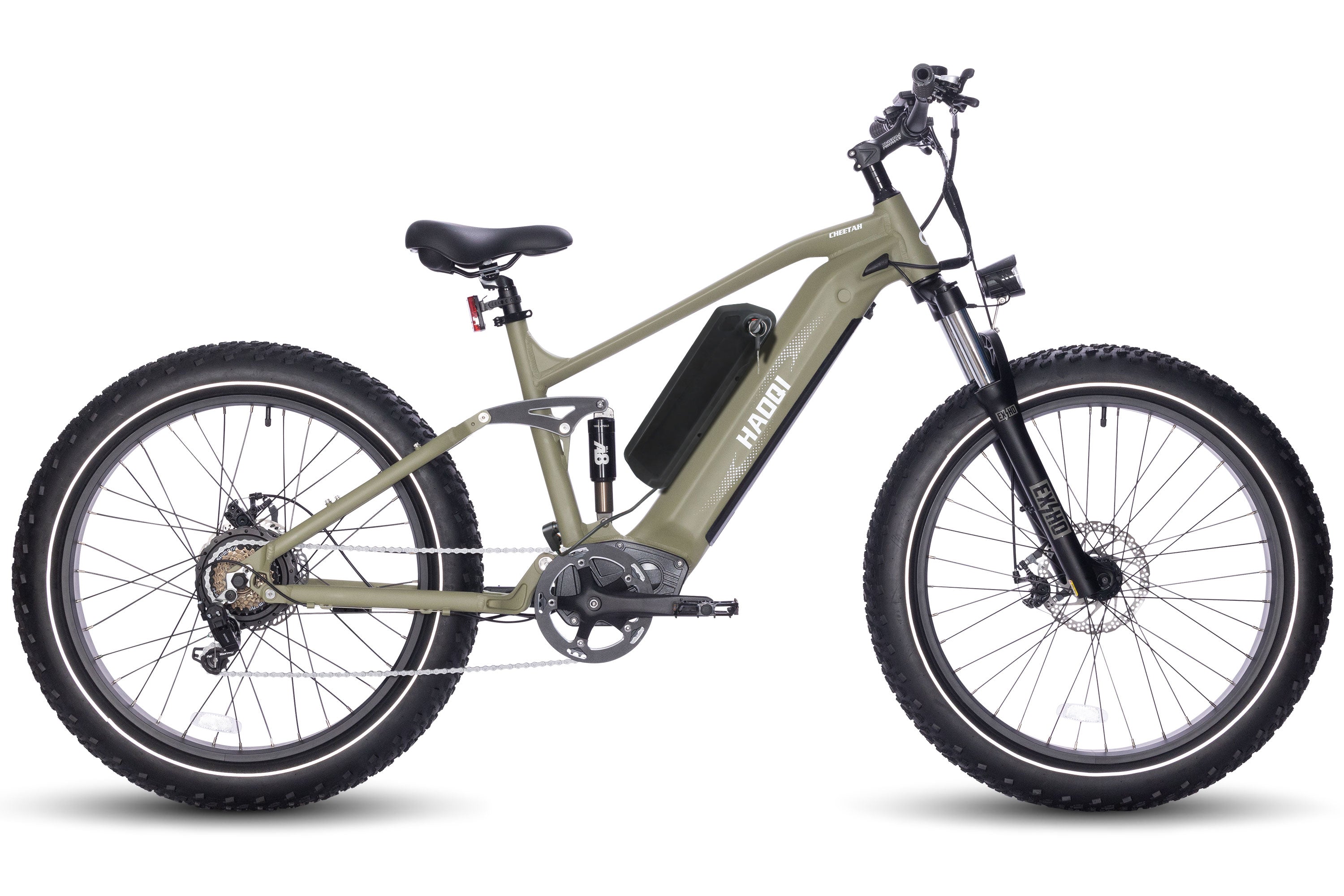
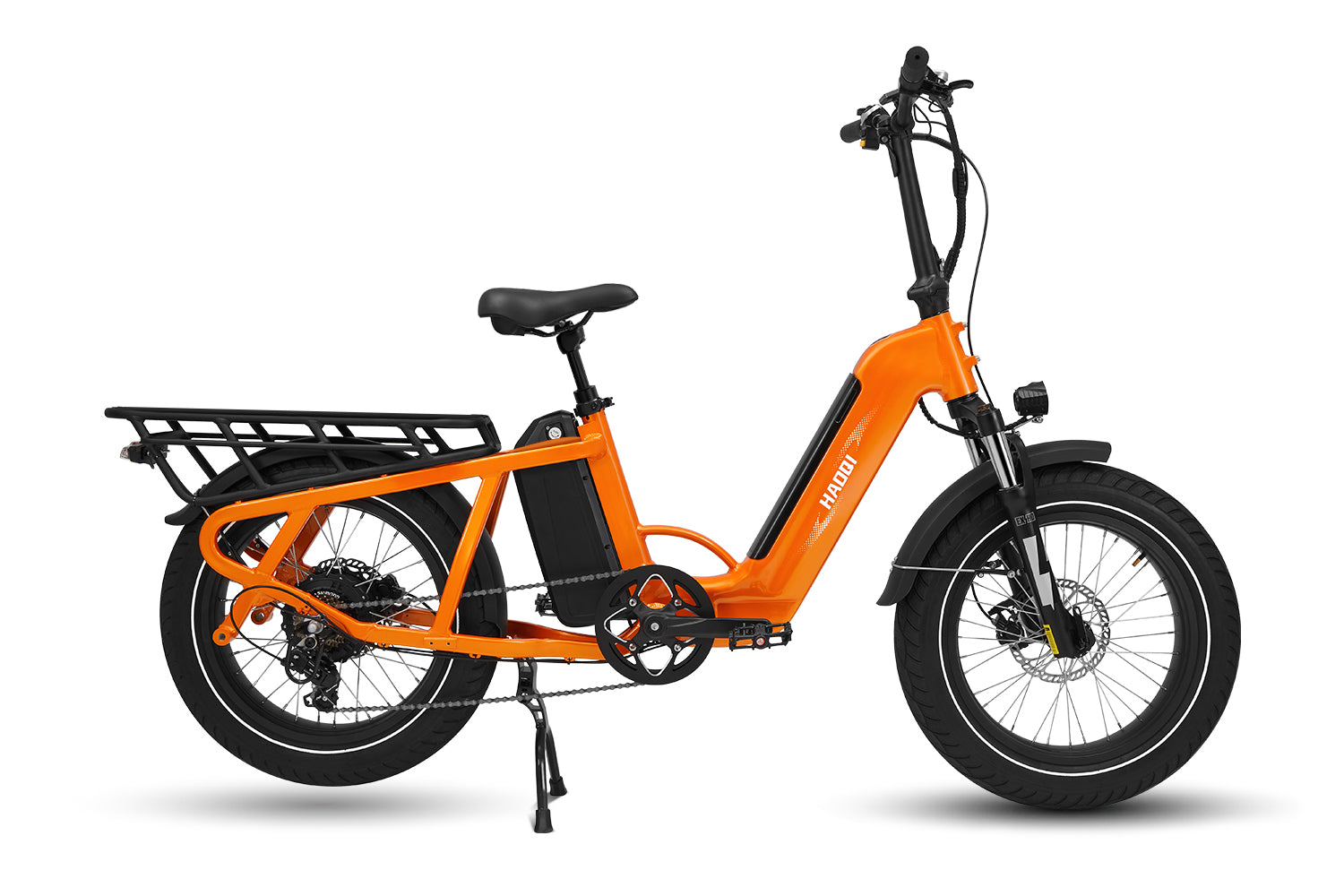
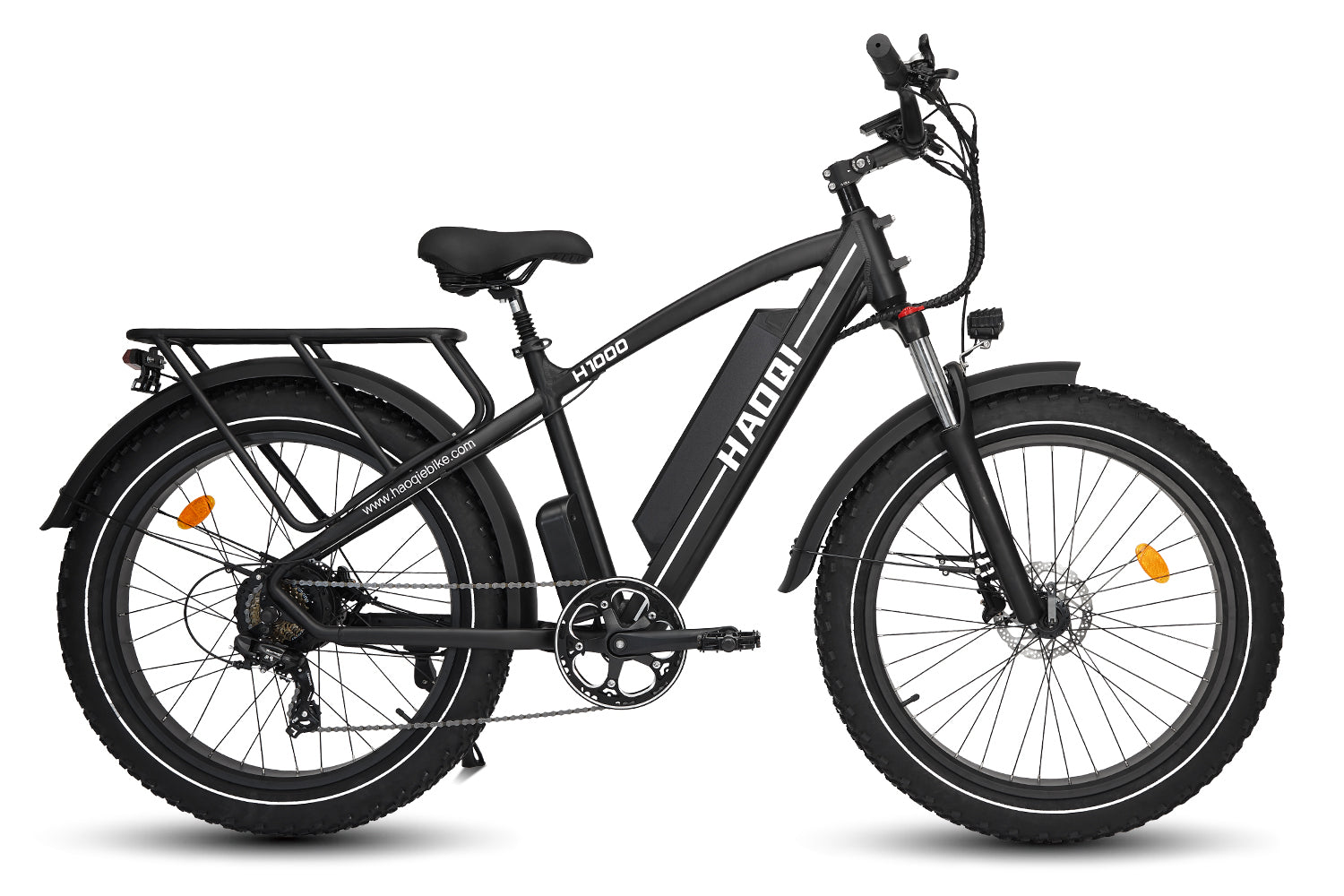
![HAOQI Antelope 500W Cargo Electric Bike (UL Certified) [electric bike] [HAOQI ebike]](http://haoqiebike.com/cdn/shop/products/haoqi-antelope-cargo-electric-bike-with-dual-battery-haoqiebike-com-1.jpg?v=1753954498&width=1500)
![HAOQI Squirrel Folding Electric Bike (UL Certified) [electric bike] [HAOQI ebike]](http://haoqiebike.com/cdn/shop/files/1_03c67b67-715e-4617-a648-51f108ceb425.jpg?v=1766473332&width=1500)
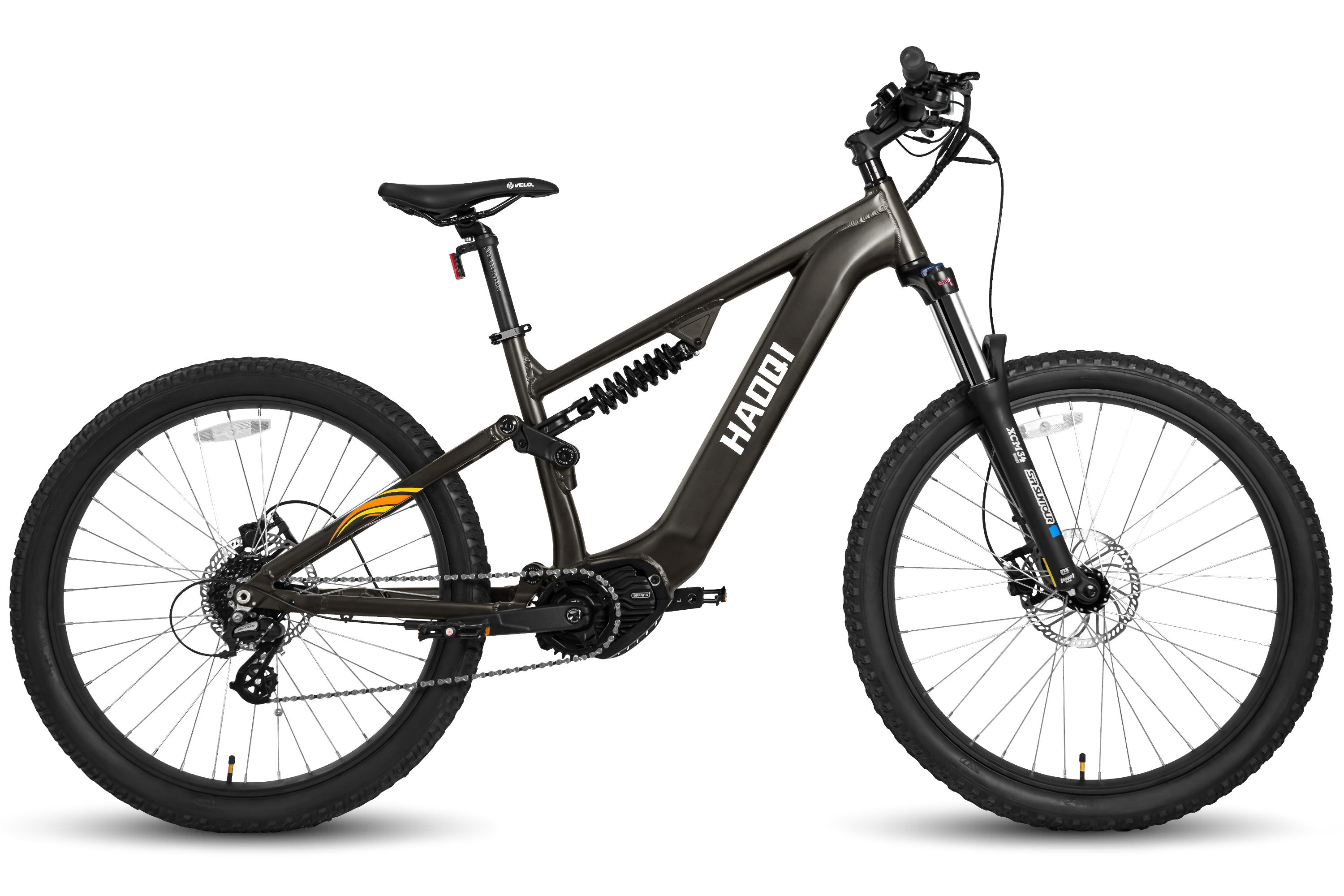
![HAOQI Eagle Long Range Electric Bicycle (UL Certified) [electric bike] [HAOQI ebike]](http://haoqiebike.com/cdn/shop/files/2_bf7ae46b-aad6-472a-9c14-d56ca3f0feb6.jpg?v=1755142722&width=1500)
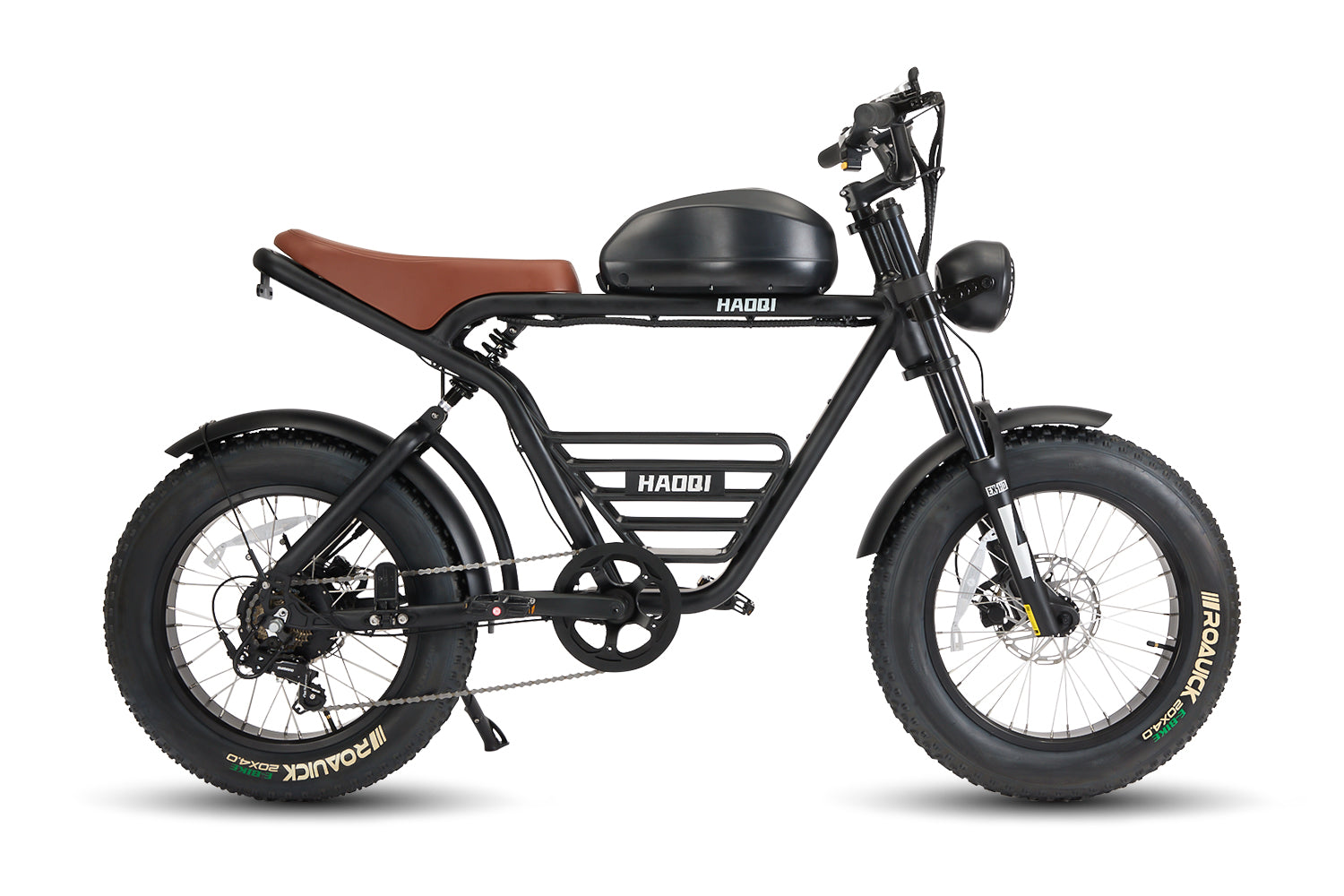
![HAOQI Antelope Pro 750W Cargo Electric Bike (UL Certified) [electric bike] [HAOQI ebike]](http://haoqiebike.com/cdn/shop/products/haoqi-antelope-pro-cargo-electric-bike-with-dual-battery-750w-haoqiebike-com-1.jpg?v=1751610204&width=1500)
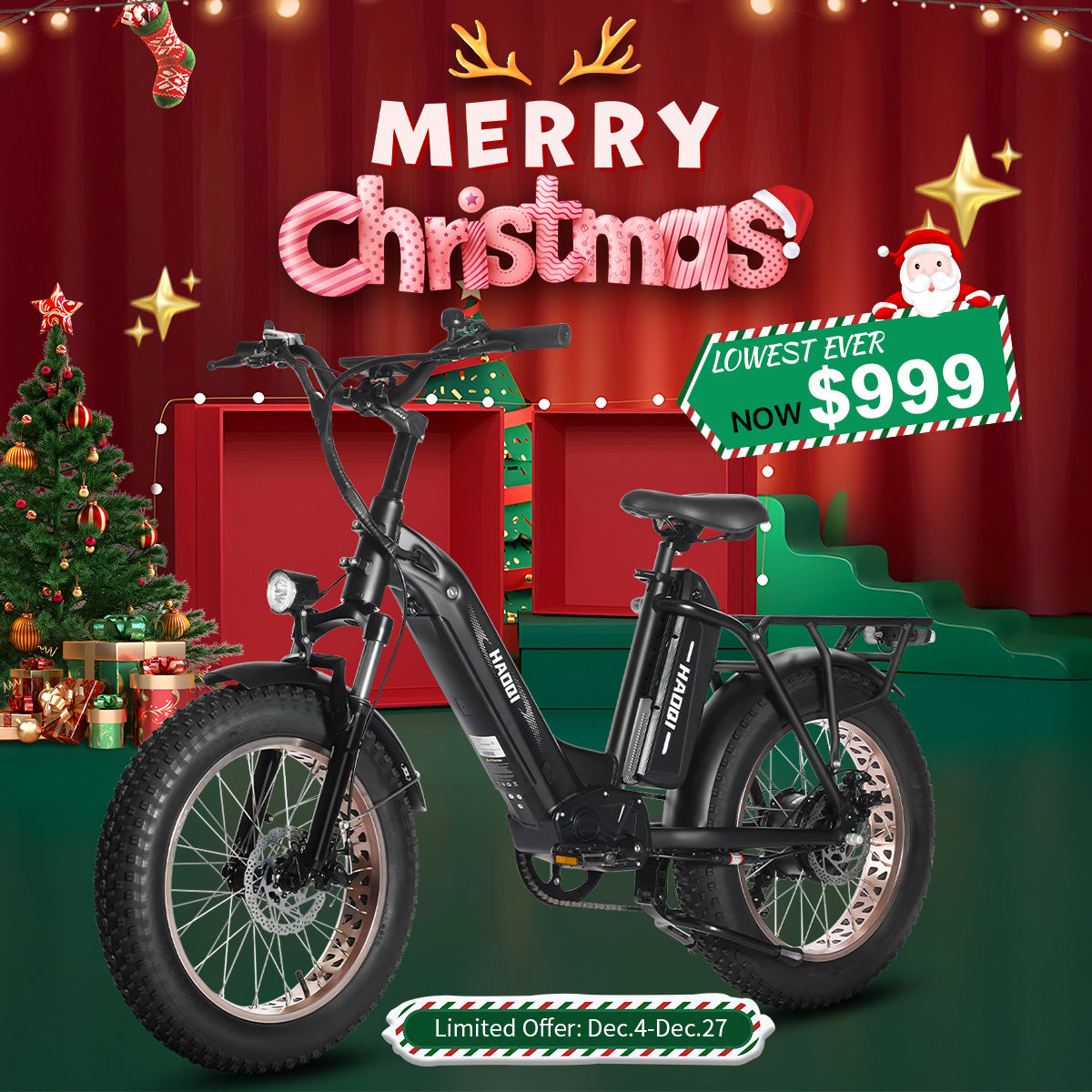
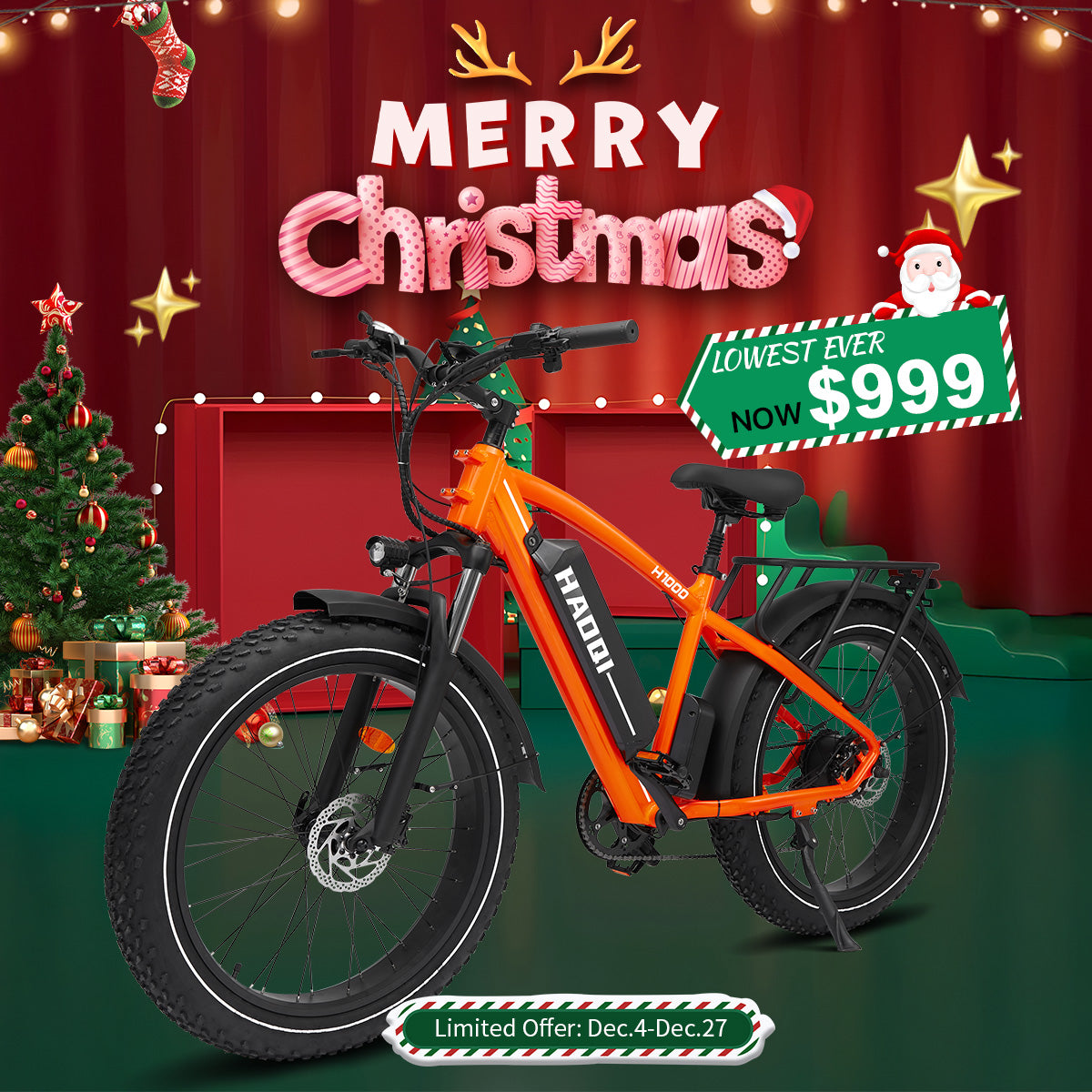
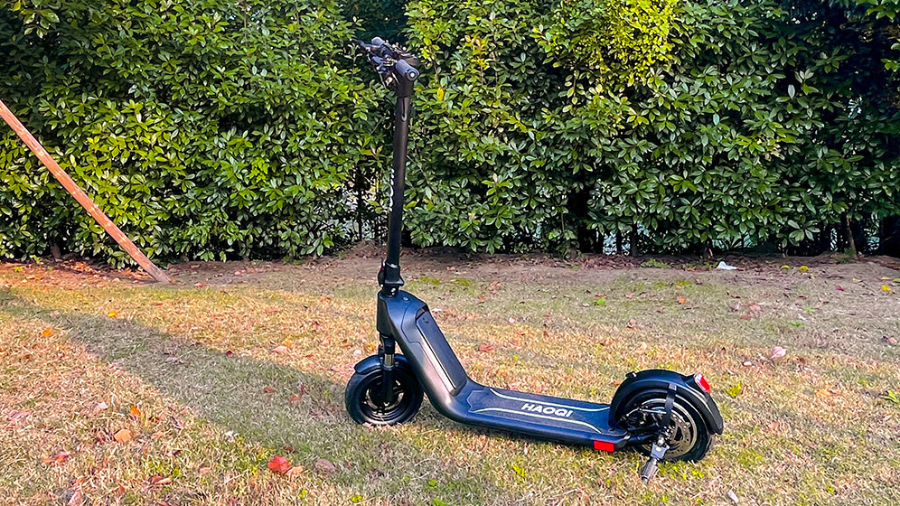

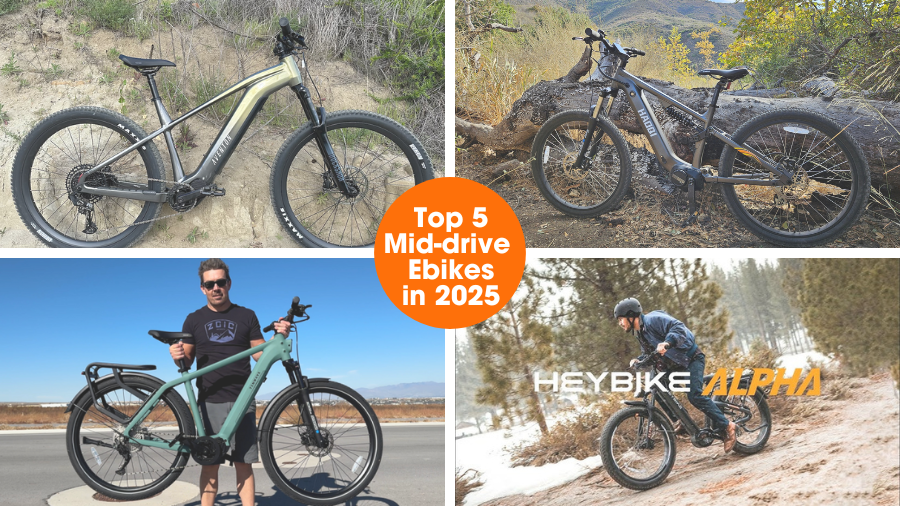




Leave a comment
All comments are moderated before being published.
This site is protected by hCaptcha and the hCaptcha Privacy Policy and Terms of Service apply.